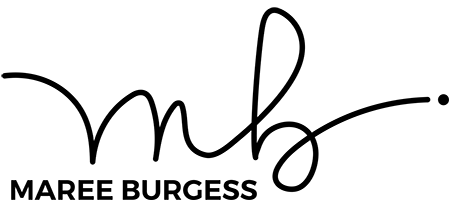
Why do we need to be curious? And by the way - who says curiosity kills the cat?
We are hardwired to learn, explore, discover and share what we know with others – this is about being curious.
And yet curiosity is discouraged from a young age. We are conditioned to stop asking silly questions of adults and the excuse often given is ‘curiosity killed the cat’. School hinders curiosity rather than embrace it as we are expected to follow a process for learning, follow rules and do as we are told.
If we are not curious we are not exploring the world we are in, we are not finding out more about other people and we stop learning and growing. Curiosity is an essential part of an innovative mindset. As grown-ups we need to learn how to be curious.
The opposite of curiosity is fear. Where we don’t wonder, we don’t look at things to find out how they work, and we can fear change. Change is difficult if we can’t adopt a mindset of curiosity.
Curiosity:
- Helps us to focus on things outside of ourselves – being ‘other conscious’ or aware of others and what is happening around us rather than ‘self conscious’ or only aware of ourselves. Although often our self-awareness is also limited!
- Brings fresh solutions and innovation and when we are curious of others – it can lead to co-creation.
- Helps us throw off expectations, judgements and preconceptions and counteracts ‘more of the same’ solutions and thinking.
As Einstein said ‘our thinking creates problems that the same type of thinking will not solve.’
As a leader how can we learn to be curious?
One of the Conversational Essentials – from Judith Glaser’s book Conversational Intelligence is to ‘ask questions for which we have no answers and is one of the keys to co-creation.
‘The real voyage of discovery consists not in seeking new landscapes, but in having new eyes’ Marcel Proust
Too often we ask questions to which we already have an answers and we ask so that we can guide people to where we want them to go. These are called ‘leading questions’ and can be felt by others to be quite manipulative.
Or we assume that we should have the answers so don’t ask any questions.
A coaching client, Julie, was struggling in transitioning from working in a technology (IT) heavy environment to a business environment. In her old environment she was a subject matter expert and had the answers. She found it very easy to communicate with and be understood by her people leader, who had a similar background. Having previously worked as a consultant Julie was very used to having all the answers. However Julie was struggling in the business environment and she found that she didn’t understand the business leaders she had to deal with and they didn’t understand the information she provided.
One of the first things I suggested to Julie was to try to ask questions for which she had no answers of her business leaders. At first Julie was puzzled and couldn’t understand why this would be useful, as she felt that she should have the answers.
Focusing on asking questions for which we have no answers moves us into a curiosity mindset and changes our focus from ‘self’ to become more attuned to the other person. This puts people into a more trusting and receptive state and can lead to a co-creative state of mind.
Julie to her credit, when advised to start asking questions, came back and said ‘is it really that easy?’. She discovered ideas and thoughts of the other person that enriched her thinking and also lead to deeper and more meaningful relationships.
It’s like baking a cake – putting together various disparate ingredients creates something delicious. Being curious and asking questions for which you have no answers are some of the ingredients for co-creation.
Next time you are in a conversation:
- Focus on what the other person is saying and check in on their words to clarify their meaning
- What questions can you ask to help them explore their thinking further and see how well you tap into the message of their communication
- Ask open questions to extend their (and your) thinking further
- Some questions to try are:
- “When you say <word> what does that mean for you?” “Tell me more about that?” “And what else?”
- "What insights do you want to share?"
- "Tell me more about your ideas"

